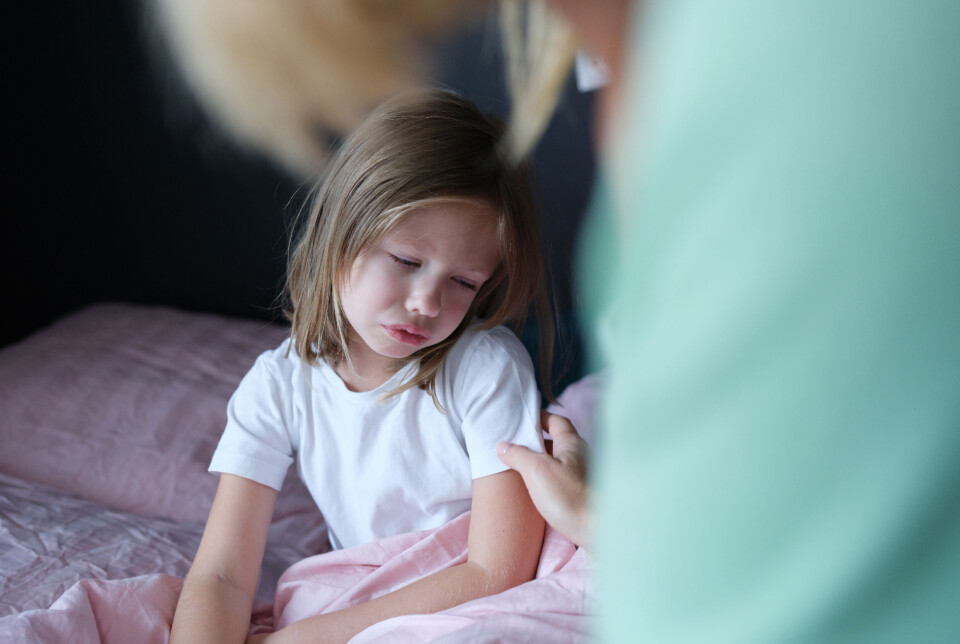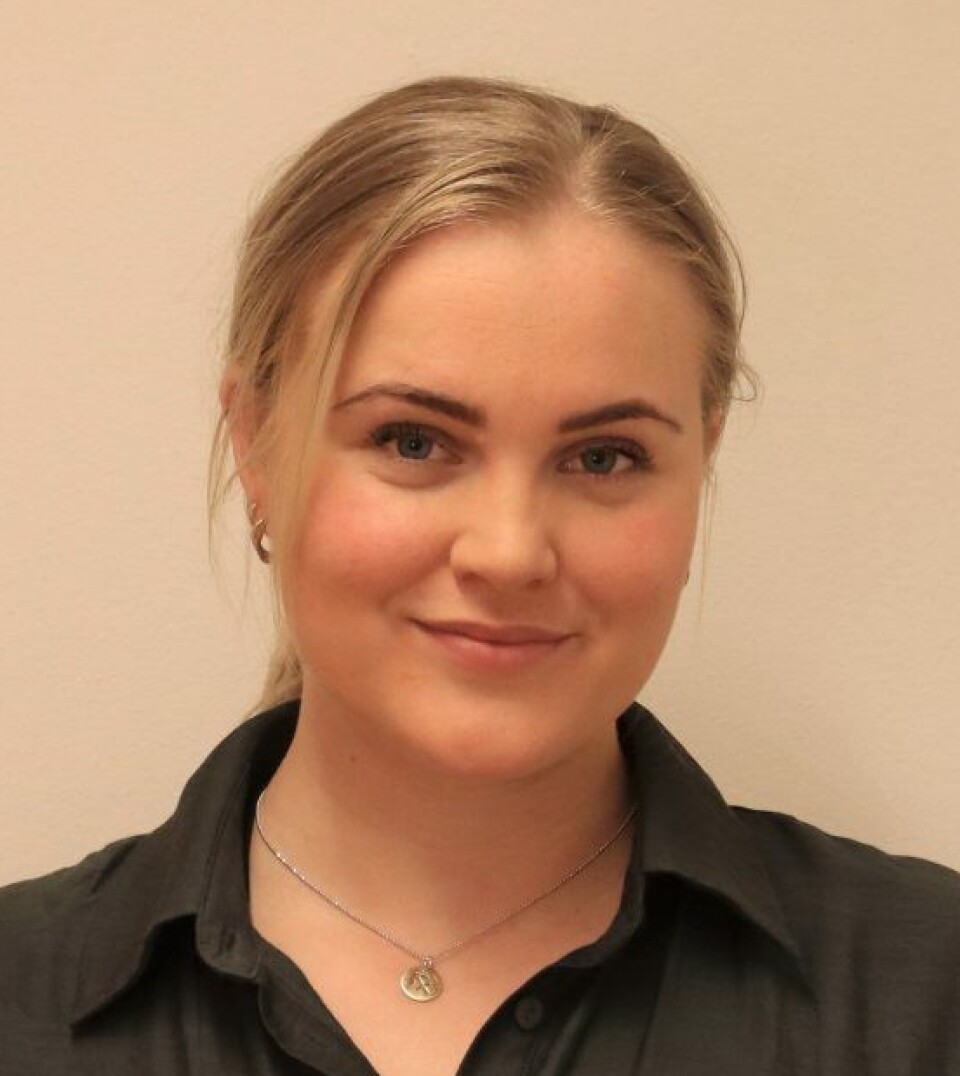THIS CONTENT IS BROUGHT TO YOU BY the University of Bergen - read more

The trust in child welfare services varies greatly between European countries
Somewhat surprisingly, Norway finds itself at the bottom alongside Romania in a study of trust in child welfare services in six European countries.
The population in Norway is also quite divided in their views on the legitimacy of interventions that limit parental rights.

The study is based on surveys conducted among representative samples of the population in Norway, England, Finland, Poland, Romania, and the Czech Republic. In total, over 6,000 people participated.
“We wanted to include three Western European and three Eastern European countries. Eastern European countries have been very critical of the Norwegian child welfare system, but we know little about the attitudes of the populations in these countries towards their own child welfare systems. We selected three Eastern European countries where we know that general trust in the welfare system and the state is under some pressure,” Marit Skivenes says.
She is a PhD candidate at the Centre for Research on Discretion and Paternalism (DIPA), an international research centre at the University of Bergen.
Finland and England at the top
Previous studies in the field have mostly focused on examining whether trust exists or not. Marit Skivenes and her colleague Mathea Loen have gone a step further and mapped various aspects of this trust.
They have asked participants if they trust:
- That child welfare professionals are competent in their job
- That the decisions the system makes are fair and impartial
- That parents are treated with respect and dignity
- That the system does not discriminate based on race or ethnicity
- That the system represents the same views of right and wrong as the participants themselves
An average of the answers to these five questions shows that, for the countries as a whole, around half of the population had a general trust in the child welfare system. Just over a quarter did not trust it. The rest answered "I don't know".
"There were clear differences between the countries. The populations in England and Finland had the most trust, while Romanians scored lowest on all dimensions. It's also surprising to see that both Czechs and Poles reported higher trust in the child welfare system than Norwegians did," Skivenes says.

A clear majority of 62 per cent in all the countries trusted in the competence of the professionals. Around half believed that the decisions were fair, that parents were treated with respect, and that the system shared their own views of right and wrong.
Trust was lowest when it came to the belief that the child welfare system did not discriminate, with only 40 per cent expressing trust.
The system influences trust
In comparative child welfare research, child welfare systems in different countries are often classified according to a typology developed by Skivenes and colleagues in the USA.
The child welfare systems in Romania, Poland, and the Czech Republic are risk-oriented. The goal is to ensure the child's safety, and there is a high threshold for interventions that limit parental rights.
In Finland and Norway, and partly in England, more emphasis is placed on providing welfare services that can strengthen families and enable parents to care for the child's best interests. The threshold for intervention is lower.
Finland and Norway are also child-centred. This means that the rights of children are at the centre and are given great importance. The UN Convention on the Rights of the Child is part of the national law with constitutional status in Norway.
"We see a connection between the type of system and the population's trust in the child welfare system in this study as well. Trust is generally lower in countries with risk-oriented systems and higher in countries where child welfare places greater emphasis on children's rights," Skivenes says. "These are important findings in the work of testing the relevance of the child welfare typology, and it teaches us more about the importance of welfare systems for people's attitudes towards important social issues."
Polarised in Norway and Finland
Those who trust that the child welfare system largely aligns with their own views of right and wrong are more accepting of state intervention in the private sphere and limiting parental rights.
"So there is a tendency for those who agree with the principles and norms behind their country's child welfare system to also be more accepting of the state's exercise of power in child welfare cases," Mathea Loen says. She is also a PhD candidate at DIPA.
But even here the researchers have found surprising differences between the countries.
"The most interesting aspect is the clear polarisation in the populations of the two countries where the system is most geared towards early intervention, namely Finland and Norway. Here, acceptance of state intervention depends greatly on whether one is 'morally aligned' with the system or not. In countries where the threshold for intervention is higher, polarisation is significantly less," Loen explains.
Skivenes believes this may be related to what she calls an inherent tension in the child welfare systems in Norway and Finland:
"Both Finland and Norway have child welfare systems that have focused on interacting with and facilitating the family as a unit but are now increasingly emphasising the child's independent rights. Some states have become more aware of the obligations of the Convention on the Rights of the Child, even when the child's rights conflict with the unity of the family, and this can create conflicts," she says.
Conducting the first global study
While there has been considerable research on public opinions and attitudes towards the welfare state in general, there have been relatively few studies specifically on attitudes towards child welfare specifically, according to Skivenes.
Therefore, she looks forward to the results of the first empirical, global study of attitudes towards child welfare. It is led by DIPA and is based on responses from 64,000 respondents from 60 countries worldwide.
"Such a comprehensive study has never been conducted in this field before, so this is truly groundbreaking work. The next step is to combine the findings with analyses of child welfare systems' practices in a larger number of countries. This includes looking at how the courts make decisions in child welfare cases and how they develop principles and norms for how child welfare should operate," Skivenes says.
Reference:
Loen, M. & Skivenes, M. Legitimate child protection interventions and the dimension of confidence: A comparative analysis of populations views in six European countries, Journal of Social Policy, 2023. DOI: 10.1017/S004727942300003X

This content is paid for and presented by the University of Bergen
This content is created by the University of Bergen's communication staff, who use this platform to communicate science and share results from research with the public. The University of Bergen is one of more than 80 owners of ScienceNorway.no. Read more here.
More content from the University of Bergen:
-
Quantum physics may hold the key to detecting cancer early
-
Researcher: Politicians fuel conflicts, but fail to quell them
-
The West influenced the Marshall Islands: "They ended up creating more inequality"
-
Banned gases reveal the age of water
-
Researchers discovered extreme hot springs under the Arctic
-
Tiny particles unlock vinegar’s hidden healing potential




































